Finding solitude while traveling has become a lost art in overcrowded Instagram hotspots and endless queues at major attractions. True exploration means discovering places untouched by mass tourism—destinations where you can appreciate natural beauty, cultural richness, and historical significance without competing for space or perfect photos.
Here is a list of 20 incredible destinations where you can likely be the only tourist in sight, allowing for authentic experiences far from the well-trodden path.
Socotra Island, Yemen
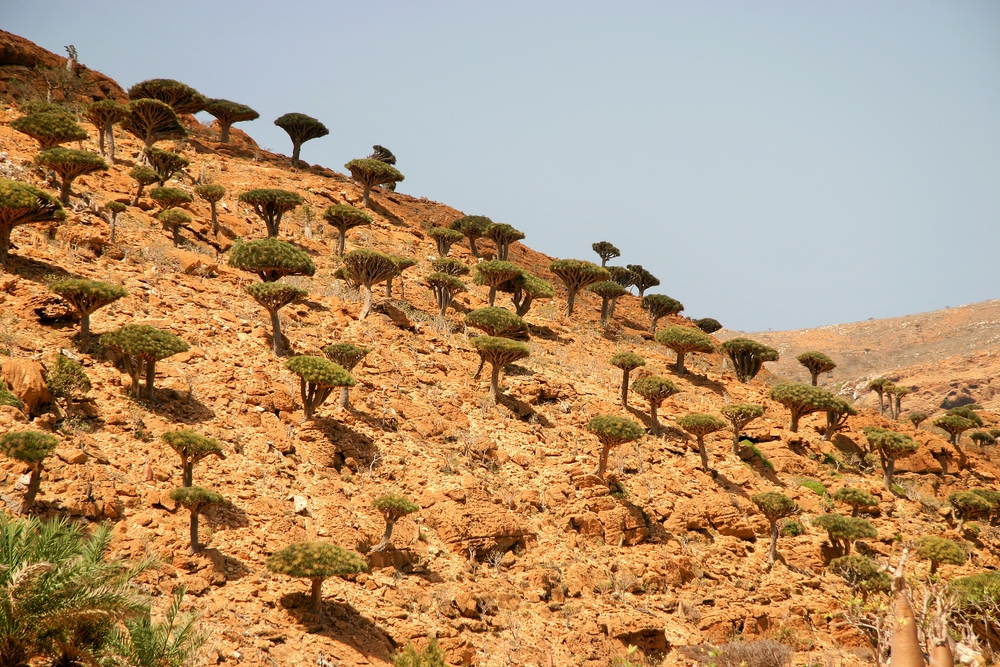
This UNESCO-protected island looks like something from another planet. With dragon blood trees that resemble giant green umbrellas turned inside out, Socotra offers landscapes you won’t find anywhere else on Earth.
The political situation in mainland Yemen has kept tourism minimal, meaning you’ll often have entire beaches and mountains to yourself.
Karahan Tepe, Turkey

While everyone flocks to Göbekli Tepe, this 11,000-year-old archaeological site remains virtually unknown despite being potentially more significant than its famous neighbor. Located in southeastern Turkey, Karahan Tepe features complex stone structures that have predate Stonehenge by thousands of years.
Local archaeologists might be your only company as you explore this ancient wonder that is rewriting human history.
Ittoqqortoormiit, Greenland
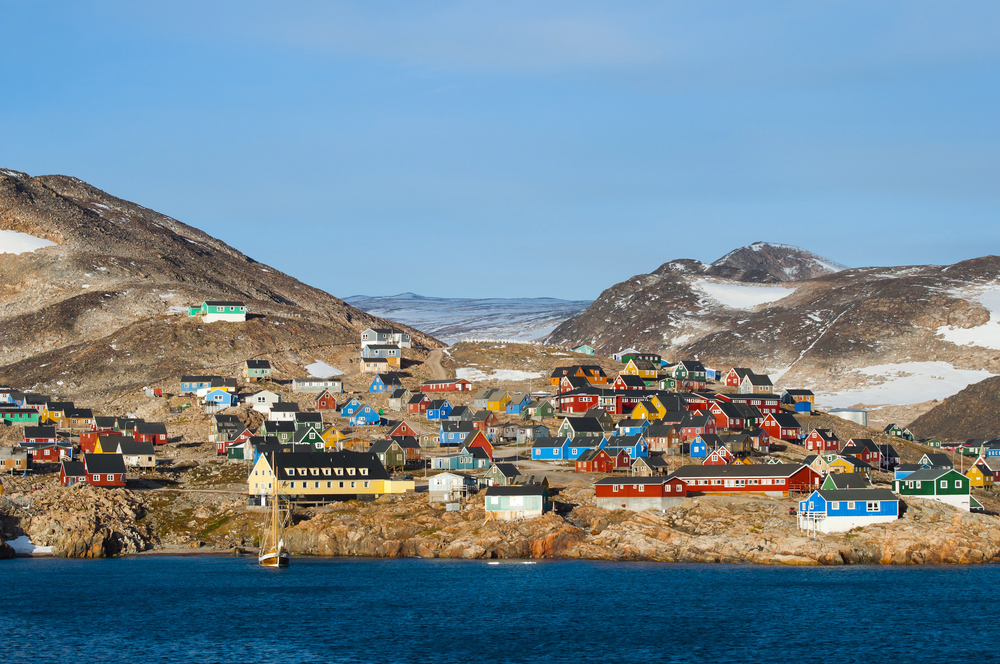
With around 350 residents, this colorful settlement on Greenland’s eastern coast is one of the world’s most remote towns. Accessible only by helicopter for much of the year, Ittoqqortoormiit serves as a gateway to the Northeast Greenland National Park—the world’s largest national park.
Polar bears outnumber tourists in this region, where you can witness the northern lights in winter and experience the midnight sun in summer.
Mergui Archipelago, Myanmar
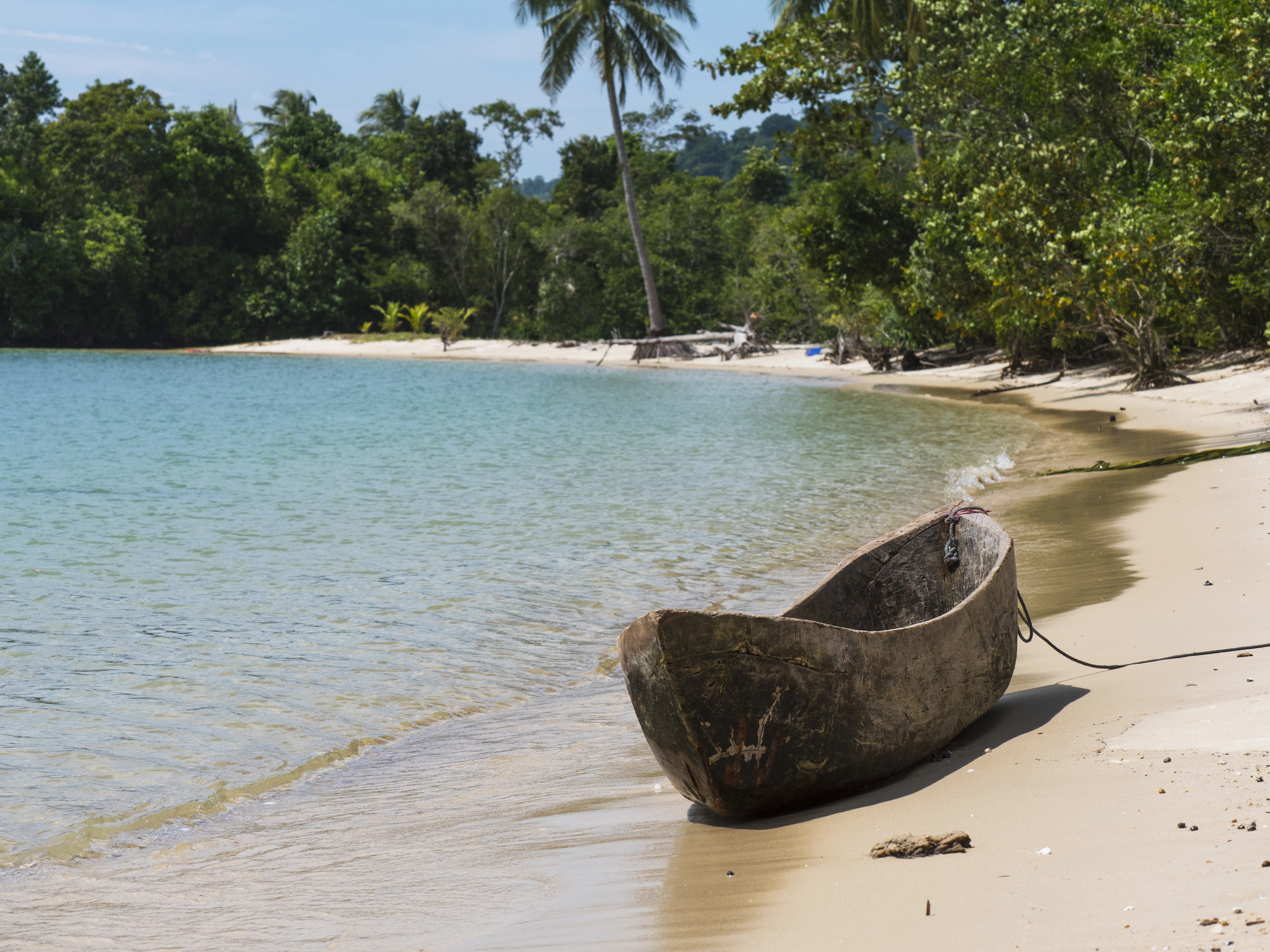
Consisting of over 800 islands, this archipelago remained closed to foreigners until 1997 and still sees remarkably few visitors. Crystal-clear waters surround pristine islands dotted with white-sand beaches.
The indigenous Moken people, known as ‘sea gypsies,’ maintain their traditional way of life here, fishing from wooden boats and living in harmony with the ocean.
Pyramiden, Norway
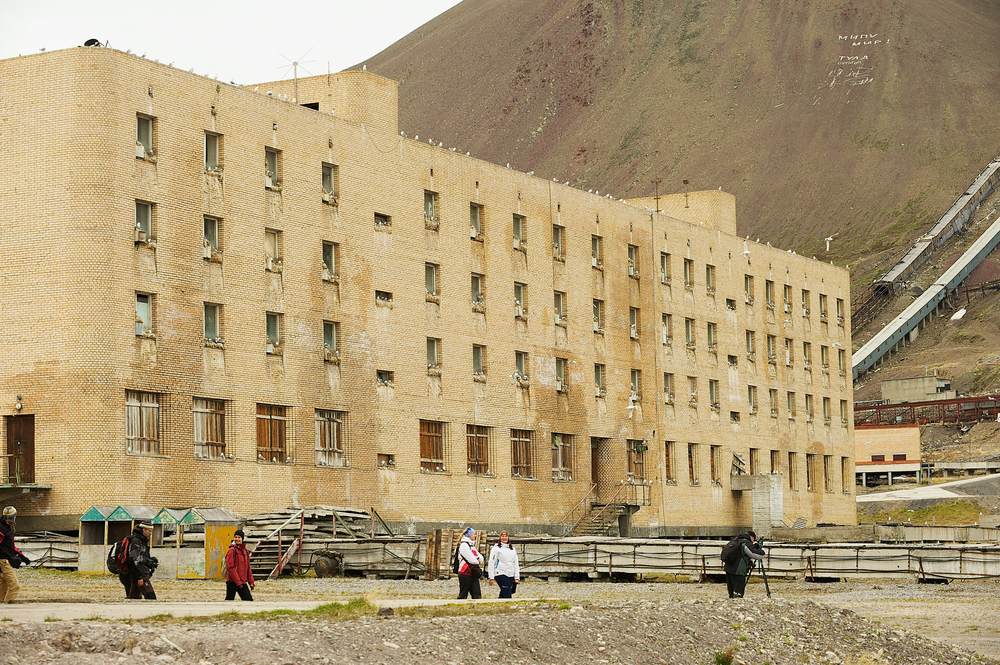
This abandoned Soviet mining town on the Arctic archipelago of Svalbard stands frozen in time. Once home to 1,000 residents, Pyramiden was suddenly abandoned in 1998, leaving behind a ghost town with the world’s northernmost Lenin statue, a fully stocked library, and a grand piano.
A handful of seasonal workers maintain a small hotel, but you’ll explore this Arctic time capsule alone most days.
Tristan da Cunha, British Overseas Territory
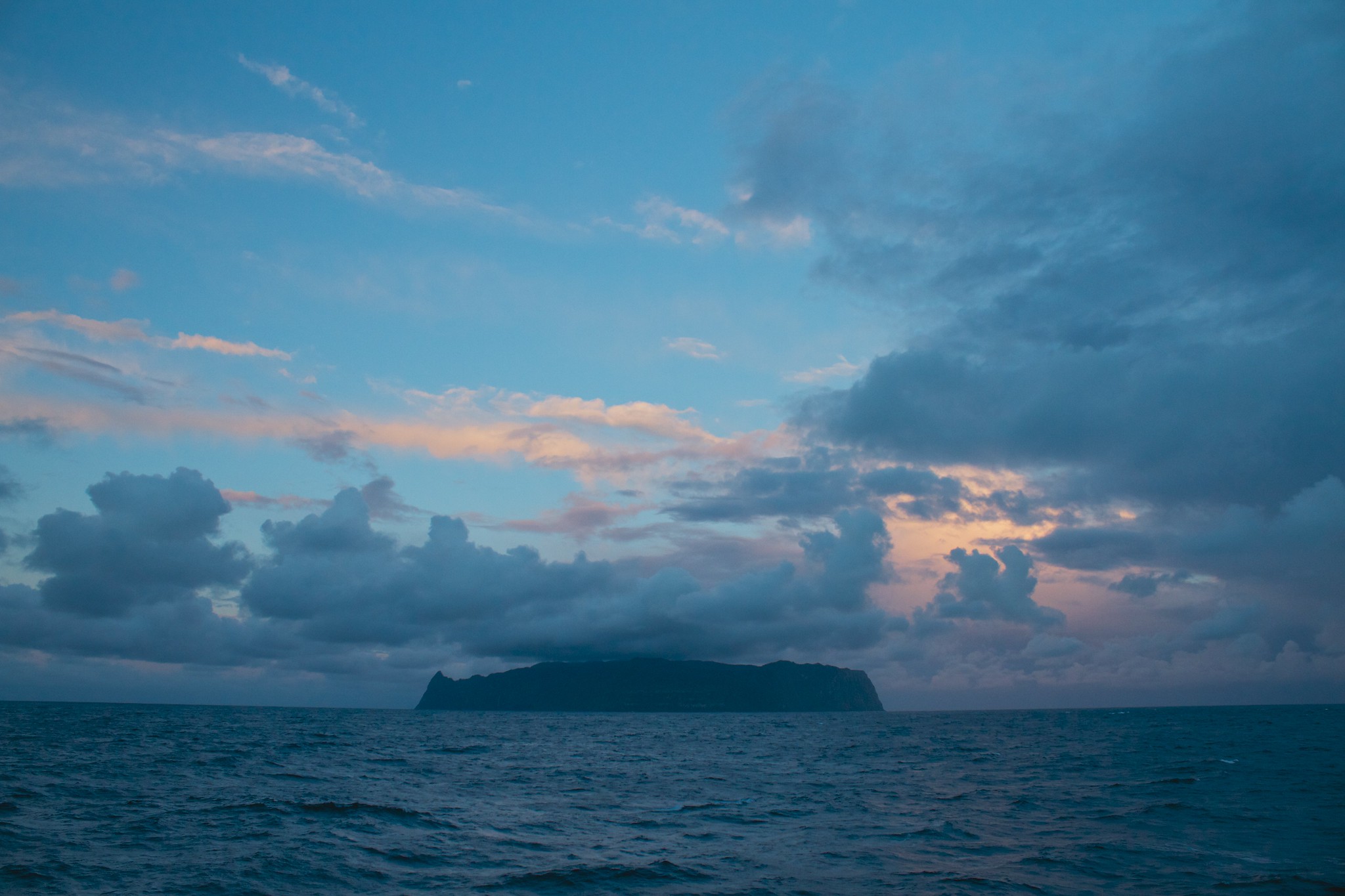
As the most remote inhabited island in the world, Tristan da Cunha is 1,500 miles from the nearest continent. With no airport, the only access is via occasional ships from South Africa, which take about six days to reach the island. The 250 residents share just nine surnames and welcome the rare visitor with exceptional hospitality.
The active volcano that dominates the island adds another layer of adventure to this ultimate off-grid destination.
Ennedi Massif, Chad
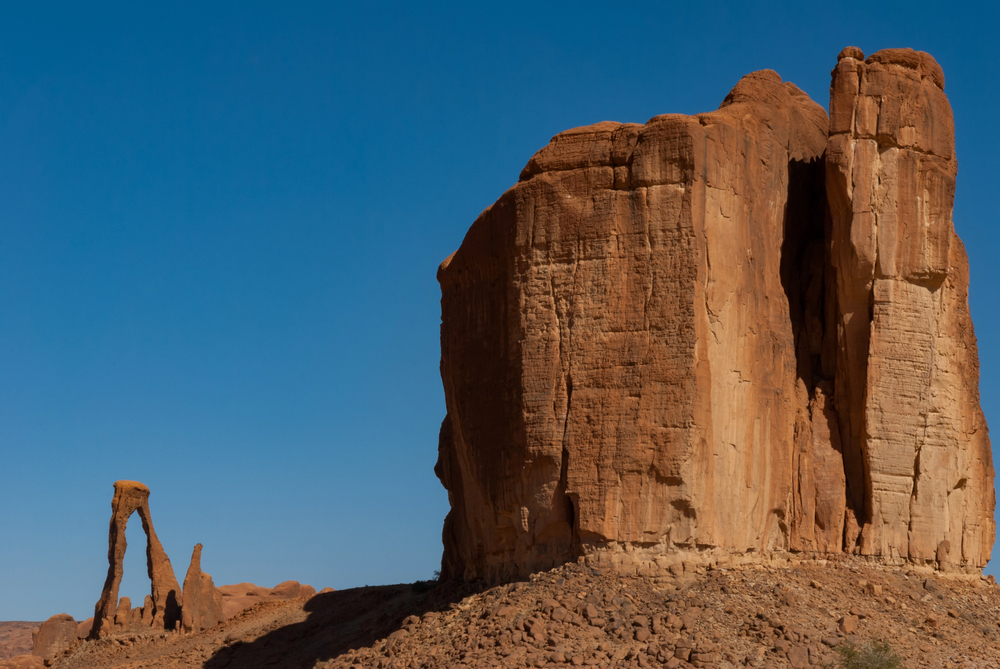
The stunning rock formations of the Ennedi Massif in northeastern Chad create a landscape of natural arches, towers, and pillars that few outsiders have witnessed. Ancient rock art dating back thousands of years adorns many sandstone walls, telling stories of when the Sahara was green.
Political instability and challenging access have kept this natural wonder off typical tourism circuits.
Corryvreckan Whirlpool, Scotland
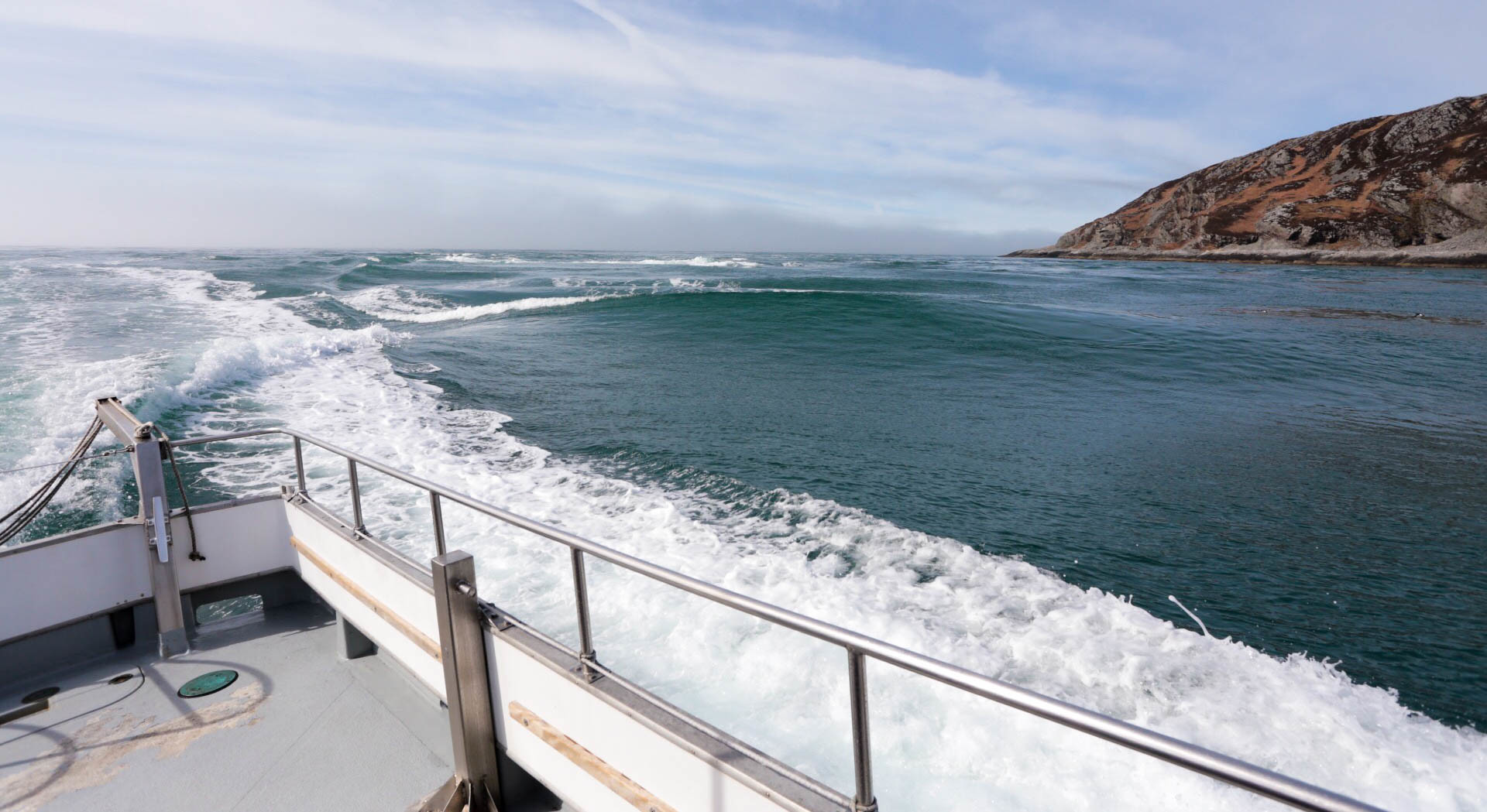
Located between the islands of Jura and Scarba in Scotland, this natural phenomenon is the third-largest whirlpool in the world. While day-trippers occasionally visit from nearby areas, choose the off-season, and you’ll likely have this powerful maelstrom for yourself.
Local boats can take you close enough to appreciate the swirling waters and unique marine life that thrives in these nutrient-rich currents.
Bandar-e Torkaman, Iran
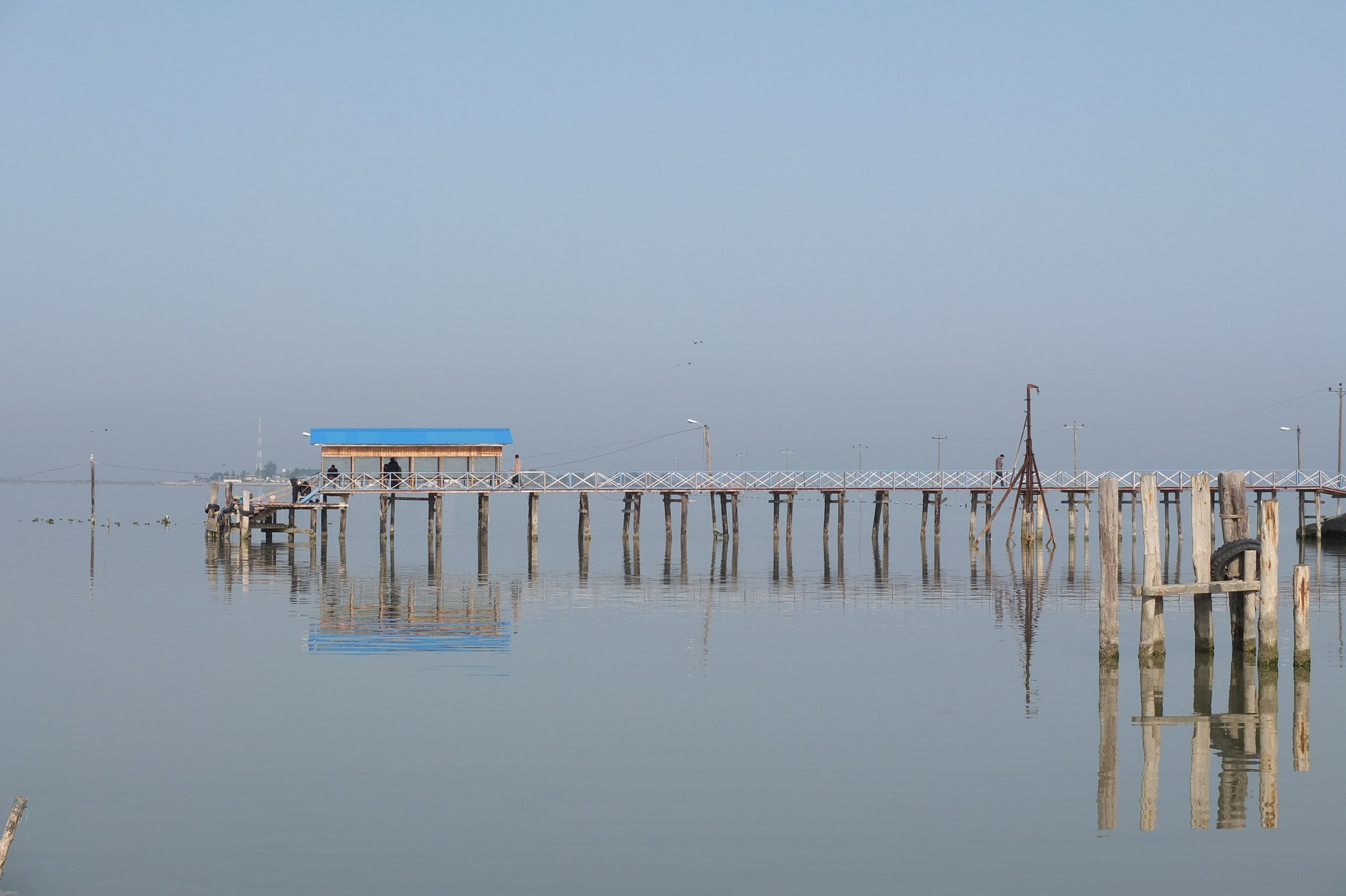
This sleepy port town on Iran’s Caspian Sea coast sees virtually no international visitors, despite its fascinating Turkmen culture and stunning natural surroundings. The nearby Ashuradeh Island offers pristine beaches and unique wildlife, while the town provides a glimpse into a traditional way of life that has changed little over centuries.
The locals’ genuine surprise at seeing foreign faces guarantees authentic interactions.
Darien Gap, Panama/Colombia
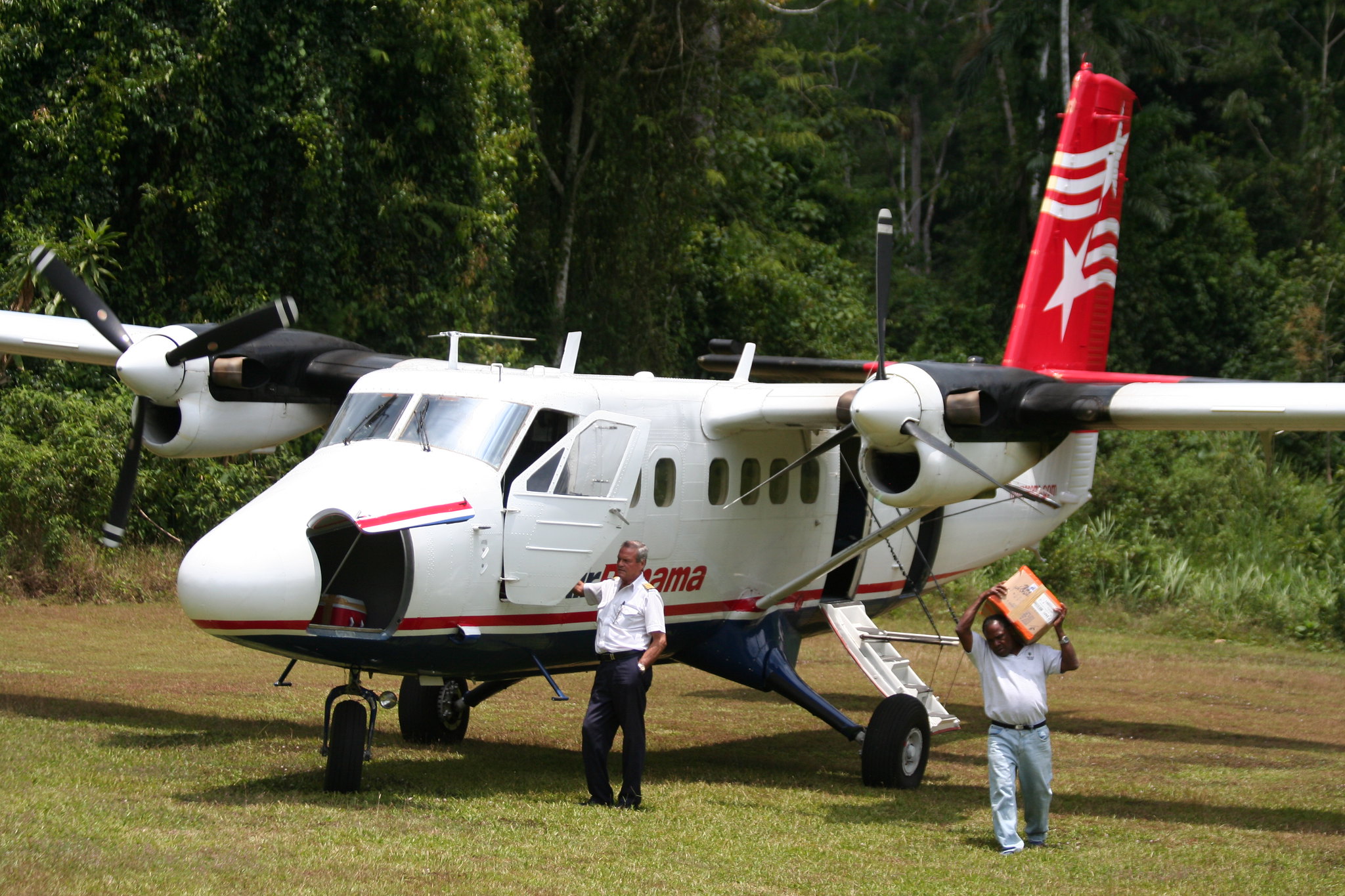
This dense jungle region bridging Central and South America remains one of the world’s last wild frontiers. With no roads connecting the two continents, the Darien Gap is a 60-mile stretch of swampland, mountains, and rainforest.
While safety concerns make parts of it off-limits, guided expeditions to certain areas reveal incredible biodiversity and indigenous communities that have maintained their traditional ways of life for centuries.
Arunachal Pradesh, India
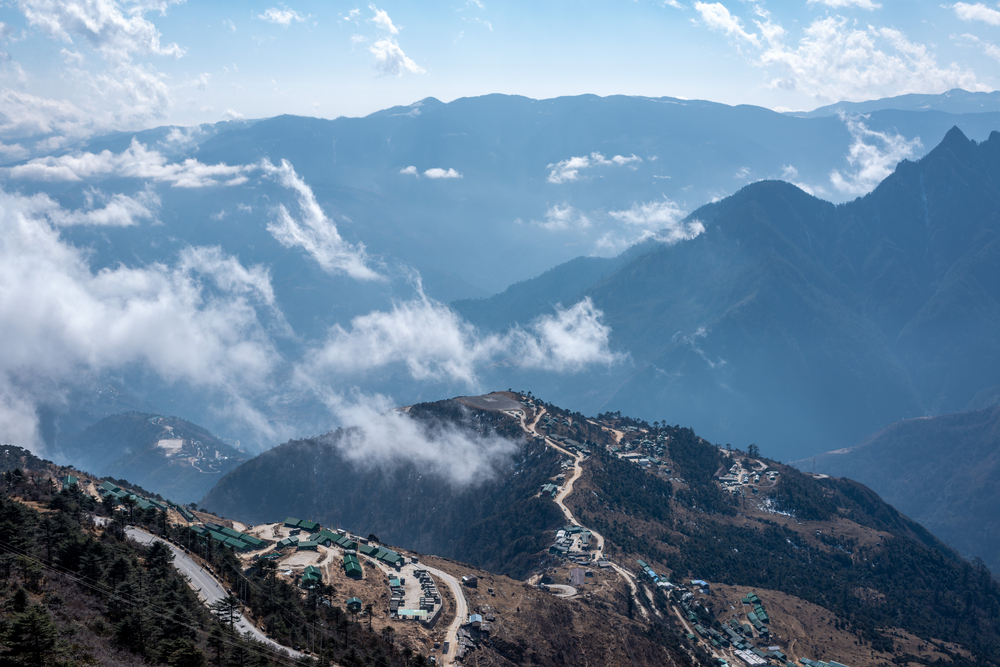
Tucked away in India’s northeastern corner, this mountainous state requires special permits for foreign visitors, keeping tourism numbers remarkably low. Ancient monasteries cling to hillsides, while traditional tribal villages dot lush valleys.
The Tawang Monastery, one of the largest Buddhist monasteries in the world, often stands empty of tourists despite its cultural significance and breathtaking location overlooking the Himalayan ranges.
Kerguelen Islands, French Southern Territories
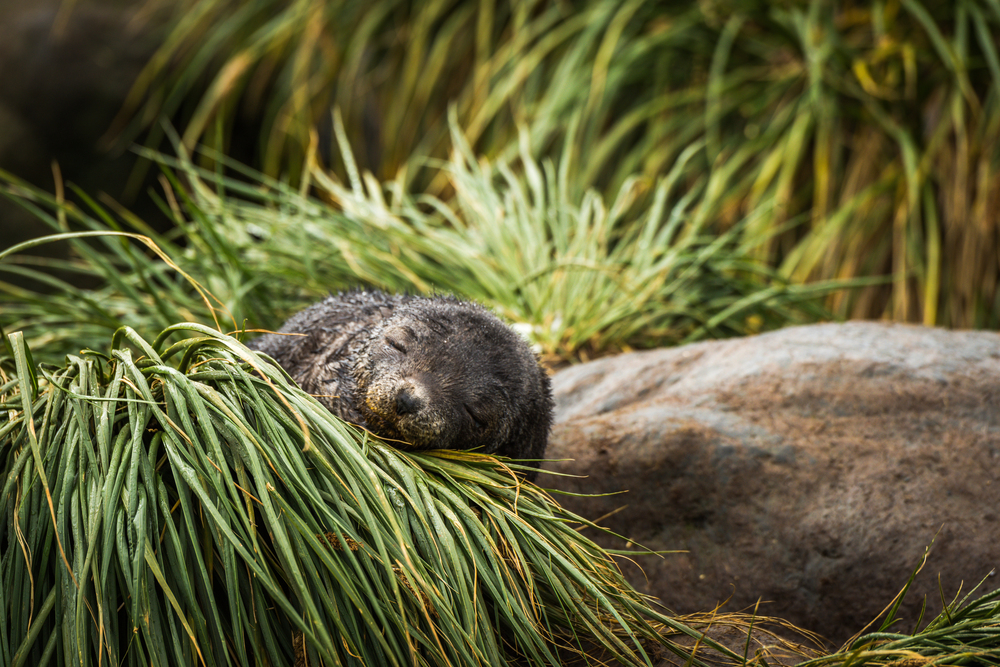
Known as the ‘Desolation Islands,’ this remote archipelago in the southern Indian Ocean is home to just 45 temporary residents, mostly scientists. Accessible only by ship from Reunion Island a few times a year, these volcanic islands feature spectacular glaciers, abundant wildlife, and landscapes shaped by some of the strongest winds on Earth.
The French scientific base might accommodate visitors if arrangements are made well in advance.
Supai Village, Arizona, USA

At the bottom of the Grand Canyon, Supai is the most remote community in the continental United States. Home to the Havasupai tribe, this village is unreachable by road—all visitors must either hike 8 miles, ride a horse, or fly in by helicopter.
While day-hikers occasionally visit the nearby Havasu Falls, staying in the village offers a rare glimpse into life in this isolated community that still receives mail by mule train.
Pitcairn Island, British Overseas Territory
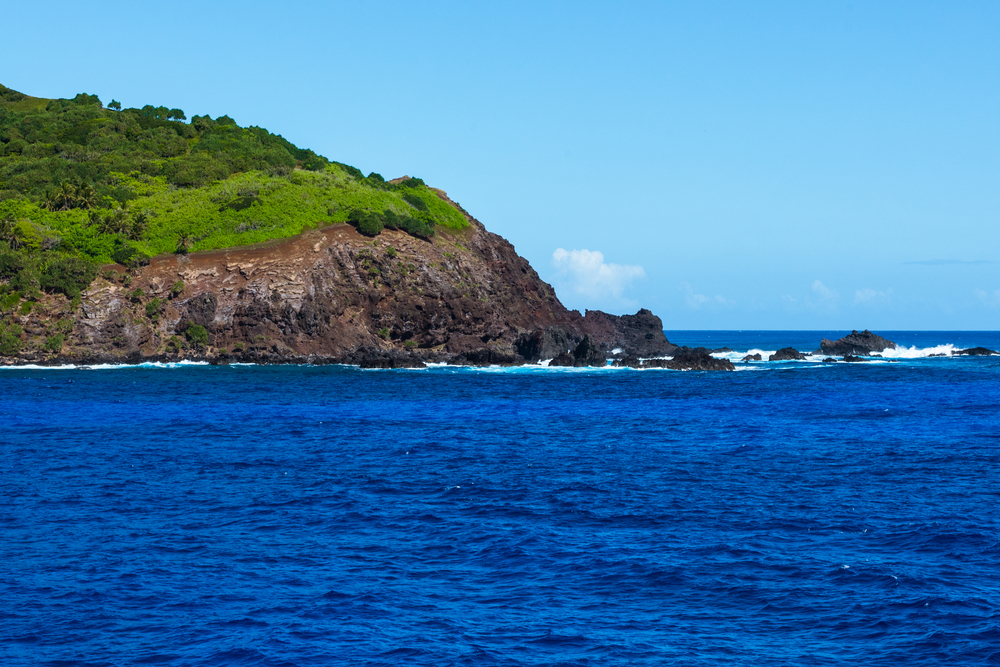
Home to just 50 people, all descendants of the HMS Bounty mutineers and their Tahitian companions, Pitcairn Island epitomizes isolation. Accessible only by quarterly shipping vessels from New Zealand, this tiny South Pacific island rarely sees more than a few dozen tourists per year.
Visitors who journey can explore the island’s rich history, dramatic landscapes, and incredible marine environment with no crowds.
Atka Island, Alaska, USA
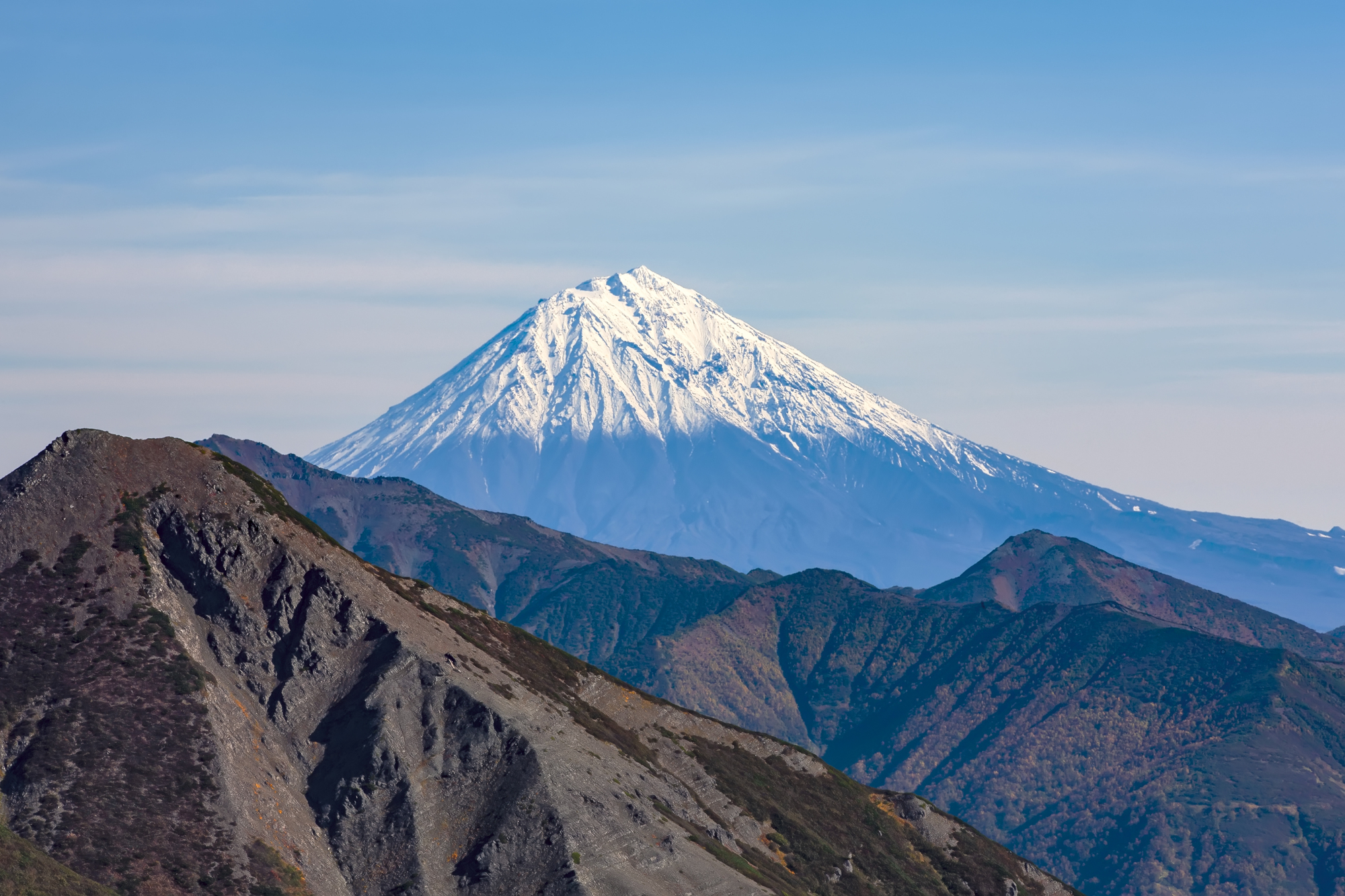
This remote Aleutian island hosts fewer than 100 residents and almost no tourism infrastructure, making it perfect for truly independent travelers. Accessible only by small aircraft or infrequent ferry, Atka offers world-class wildlife viewing, including rare seabirds, sea lions, and the endemic Atka mackerel.
The native Unangan culture adds a fascinating cultural dimension to this wild landscape of volcanoes and tundra.
Oymyakon, Russia
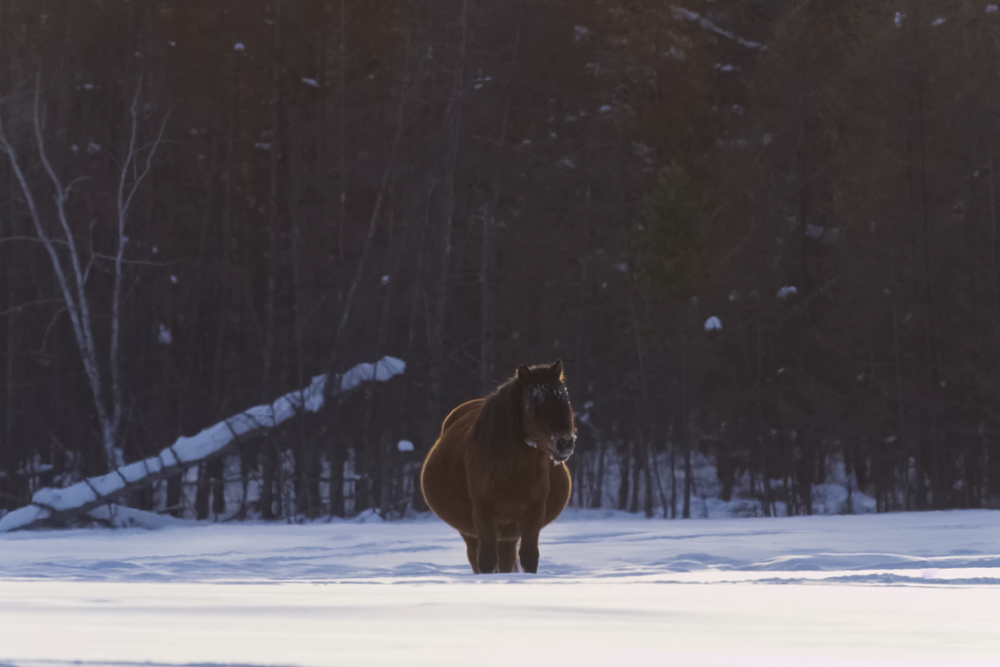
Known as the coldest permanently inhabited place on Earth, this Siberian village records winter temperatures dropping below -76°F. With only 500 residents, Oymyakon rarely features on tourist itineraries despite its unique claim to fame.
Those who brave the extreme conditions are rewarded with extraordinary experiences like frozen eyelashes, the northern lights, and the warm hospitality of people who have adapted to life in one of the world’s most challenging environments.
Detaille Island, Antarctica
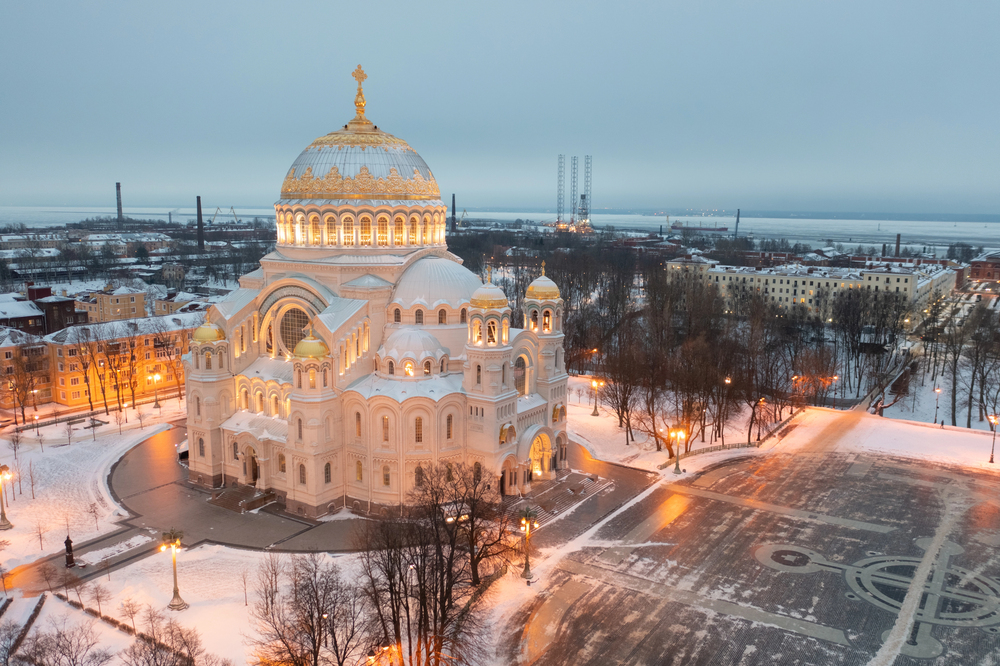
While Antarctica receives about 50,000 visitors annually, they concentrate on a few accessible landing sites. Detaille Island, home to an abandoned British research station, remains off standard cruise itineraries due to its challenging ice conditions and remote location.
Only the most specialized expedition vessels occasionally venture here, allowing visitors to experience the perfectly preserved 1950s research base, the untouched glaciers, and the overwhelming silence of a pristine environment without another ship or tourist in sight.
Motuo County, Tibet
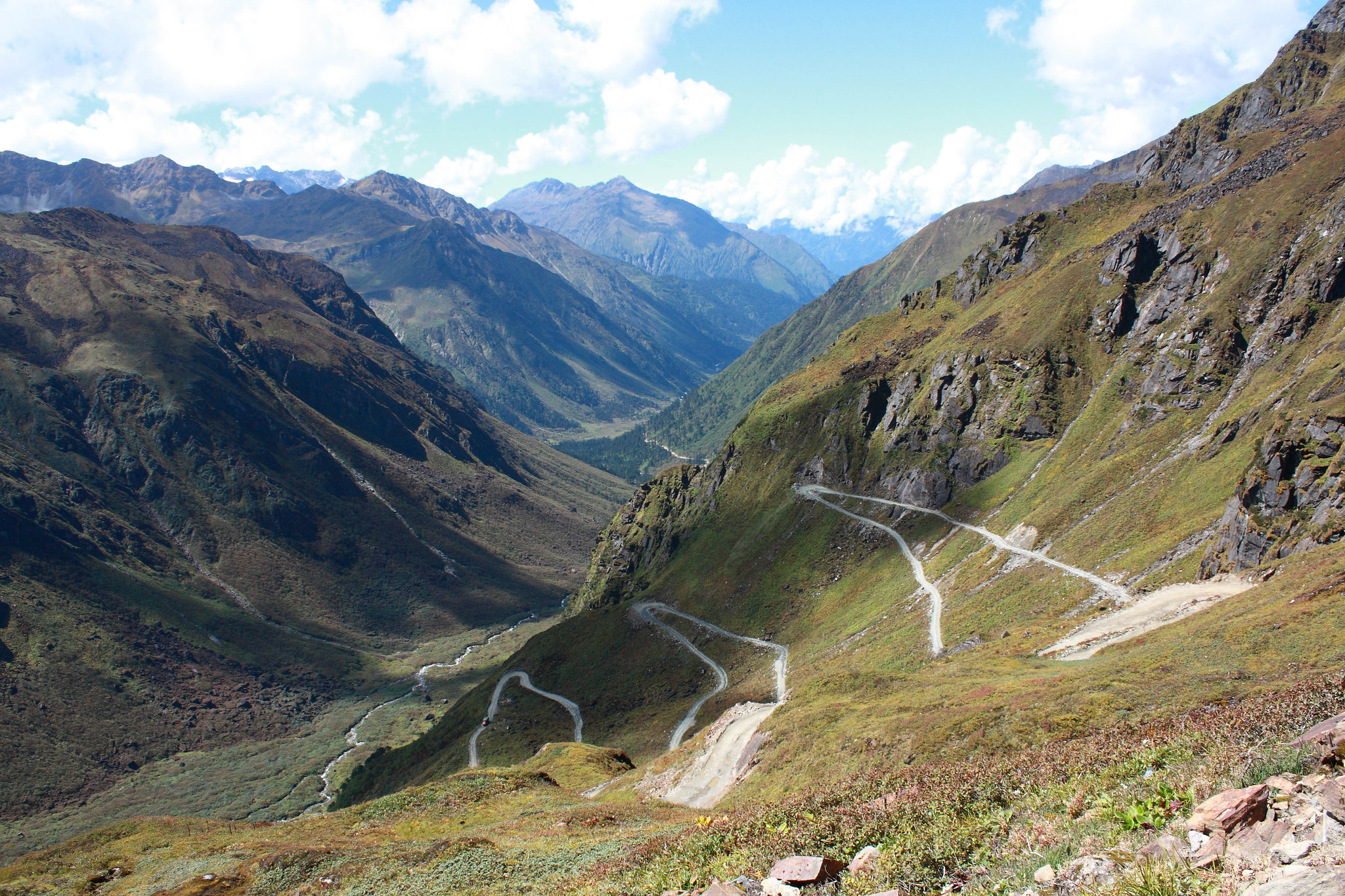
Until 2013, this was the last county in China without road access, requiring visitors to hike through mountains and forests for days. Even now, the single road is frequently blocked by landslides, keeping tourism minimal.
Buddhist traditions run deep in this subtropical paradise, which contains part of the great bend of the Yarlung Tsangpo River and incredible biodiversity, from snow leopards in the highlands to tropical plants in the valleys.
Nugaal Valley, Somalia
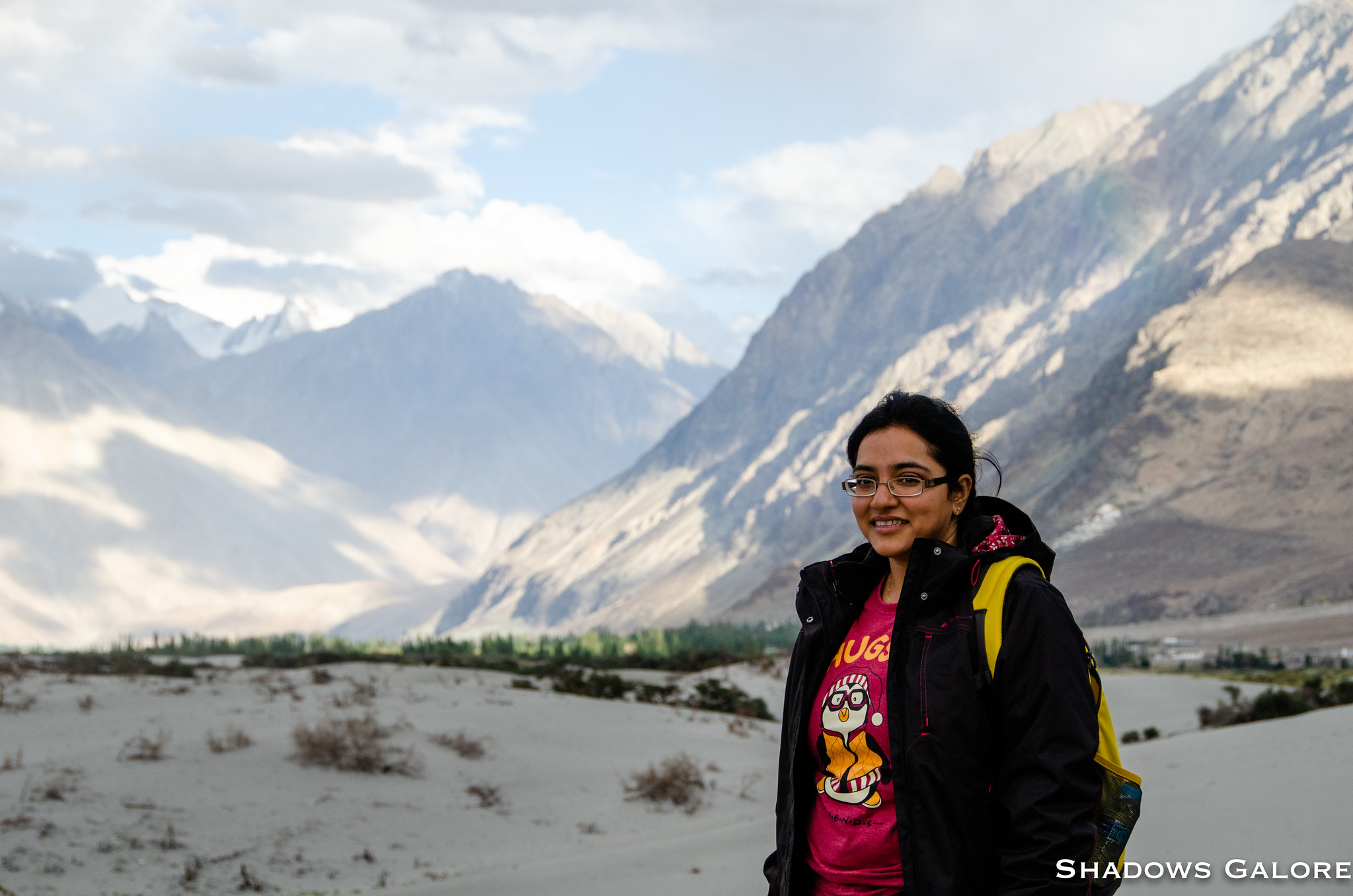
With Somalia slowly emerging from decades of conflict, adventurous travelers can now explore regions like the Nugaal Valley with proper guidance. This dramatic landscape of limestone cliffs, seasonal rivers, and nomadic settlements offers insights into traditional pastoral life that has remained largely unchanged for centuries.
The absence of tourist infrastructure means authentic experiences with locals who rarely encounter visitors from abroad.
The Vale of Cuenca, Ecuador

While Ecuador’s major attractions draw plenty of visitors, this highland valley surrounded by the Andes remains largely unexplored by foreigners. Ancient Incan ruins stand undisturbed among small farming communities that maintain traditional agricultural practices.
The colonial-era haciendas converted into small guesthouses provide comfortable accommodation without the crowds found at more famous destinations just hours away.
The Road Less Traveled

These remarkable destinations offer what has become increasingly rare in modern tourism—genuine solitude and cultural authenticity. The challenges in reaching these places serve as natural filters that preserve their unique character and provide truly memorable experiences for those willing to venture beyond the ordinary.
More from Travel Pug

- Cities Growing so Fast You Won’t Recognize Them in 10 Years
- 13 Destinations Where Tourists Regularly Regret Their Trip
- 20 Obscure WWII Sites Even History Buffs Don’t Know About
- 10 Under-the-Radar Mountain Towns That Are Both Affordable and Beautiful
- Remote Villages in Europe Where You Can Live for Free in Exchange for Work
Like Travel Pug’s content? Follow us on MSN.
